Multithreading in Java
Multithreading is a fundamental concept in modern software development, allowing programs to efficiently utilize the processing power of today’s multi-core processors. Java, a versatile and widely used programming language, provides robust support for multithreading. In this comprehensive guide, we will dive deep into the world of multithreading in Java, exploring its benefits, challenges, and best practices.
Understanding Multithreading
At its core, multithreading is the ability of a program to execute multiple threads concurrently. A thread is a lightweight process that can run independently, performing its own set of tasks. Java makes multithreading accessible by providing the java.lang.Thread class and the java.lang.Runnable interface.
Creating Threads
In Java, we can create threads in two primary ways:
1. Extending the Thread class
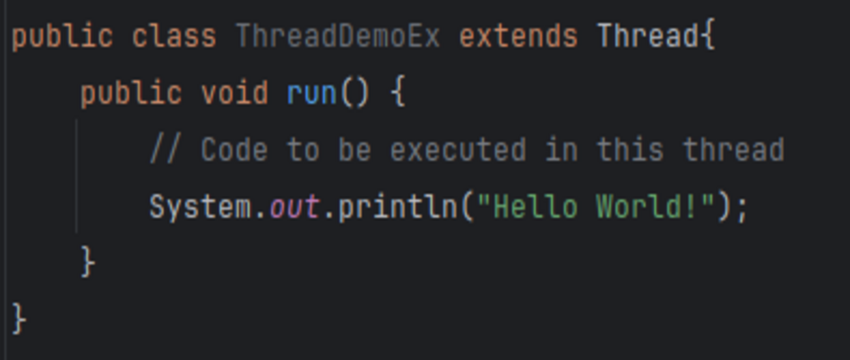
2. Implementing the Runnable interface
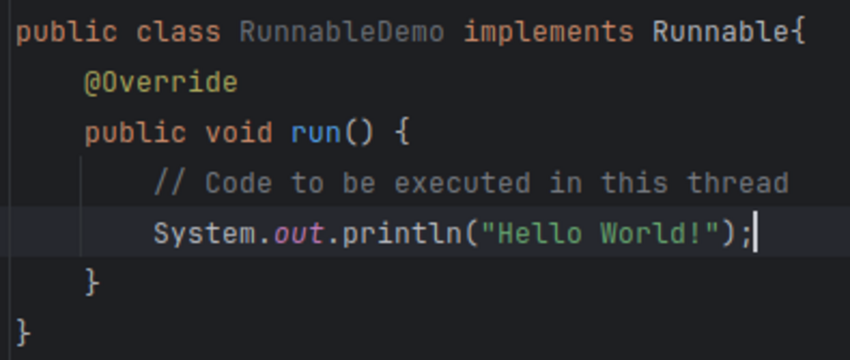
The second approach is often preferred because it allows for better separation of concerns. We can pass a Runnable object to a Thread and execute it in a new thread:
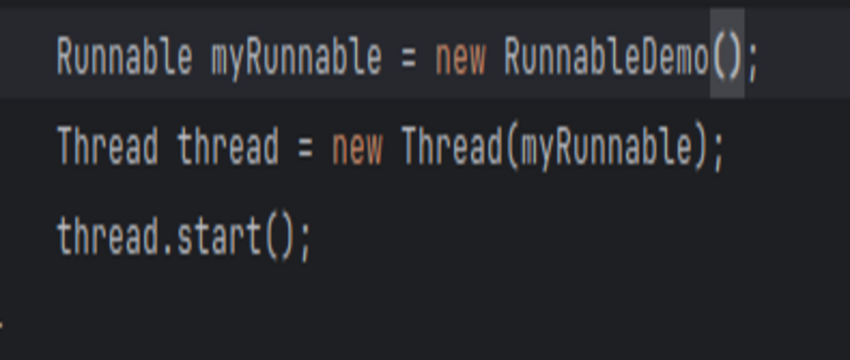
Threads in Java go through various states during their lifecycle, including:
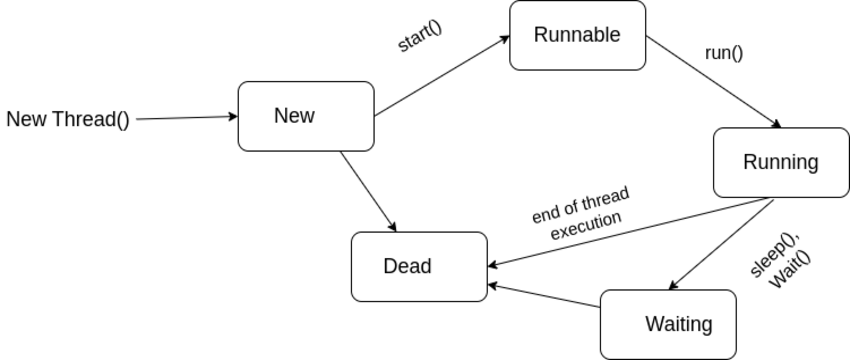
• New: A thread is created but not started until the program starts it.
• Runnable: Then the thread is ready to run, waiting for its turn to execute a task.
• Waiting: The thread is waiting for another thread to perform a specific action.
• Timed Waiting: Similar to waiting, but with a timeout.
• Terminated: The thread has completed its execution or has been stopped.
Benefits of Multithreading in Java
Multithreading offers several advantages when implemented correctly:
1. Improved Performance
Multithreading allows us to take full advantage of modern multicore processors. By running multiple threads in parallel, we can perform tasks more quickly, leading to improved overall program performance.
2. Responsiveness
In graphical user interfaces (GUIs) and interactive applications, multithreading ensures that the user interface remains responsive while other tasks are running in the background. This prevents the application from freezing or becoming unresponsive.
3. Efficient Resource Utilization
Multithreading enables efficient use of system resources. Instead of running multiple instances of a program, we can use threads to share resources, reducing memory and CPU overhead.
4. Task Parallelism
Multithreading is particularly useful for tasks that can be parallelized, such as data processing, rendering, or scientific simulations. It allows you to divide a large task into smaller subtasks and execute them concurrently.
Challenges of Multithreading
While multithreading offers numerous benefits, it also introduces challenges that must be addressed:
1. Synchronization
When multiple threads access shared resources concurrently, we must ensure that they do so safely to avoid data corruption or race conditions. Java provides synchronization mechanisms like synchronized blocks and locks to address this issue.
2. Deadlocks
A deadlock occurs when two or more threads are stuck, waiting for each other to release a resource. Careful design and debugging are required to prevent and resolve deadlocks.
3. Coordination
Coordinating the execution of threads can be complex. Java offers methods like wait(), notify(), and notifyAll() for thread coordination.
4. Performance Overhead
Creating and managing threads can introduce performance overhead, especially if not done efficiently. It’s essential to strike a balance between the number of threads and available resources.
Best Practices for Multithreading in Java
To harness the power of multithreading effectively, following are the best practices:
1. Use Thread Pools
Instead of creating threads manually, consider using Java’s ExecutorService and thread pools. They manage thread lifecycle and help us avoid excessive thread creation.
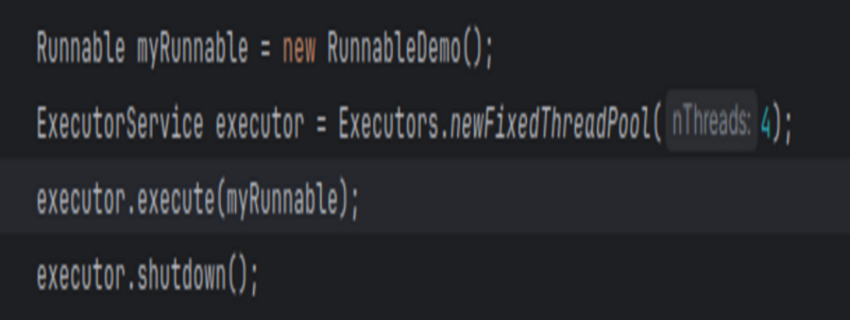
2. Employ High-Level Concurrency Utilities
Java provides high-level concurrency utilities like java.util.concurrent classes for tasks such as managing collections, synchronization, and thread-safe data structures. These utilities simplify multithreading.
3. Avoid Excessive Synchronization
Minimize the use of synchronization mechanisms to reduce contention between threads. Use fine-grained synchronization only when necessary.
4. Practice Thread Safety
Ensure that shared data structures and resources are thread-safe. Utilize Java’s concurrent collections or apply synchronization techniques when modifying shared data.
5. Be Mindful of Deadlocks
Design your code to avoid potential deadlocks by establishing a clear order for acquiring locks and using timeouts when acquiring resources.
6. Use Volatile for Visibility
The volatile keyword can be used to ensure visibility of changes made by one thread to other threads. It is particularly useful for flags and variables that are shared among threads.
Debugging and Profiling
When dealing with multithreaded applications, debugging and profiling become essential. Java provides tools like jstack, jvisualvm, and profilers like YourKit and VisualVM to analyze thread behavior and performance bottlenecks.
Conclusion
Multithreading in Java empowers developers to write efficient, responsive, and scalable applications. While it offers substantial benefits, it also introduces challenges that require careful consideration and proper synchronization. By following best practices and utilizing Java’s rich set of concurrency tools, we can harness the full potential of multithreading and build robust, high-performance software.
Multithreading is a skill that requires practice and experience. Start with simple tasks, gradually progressing to more complex scenarios, and continuously refine the understanding of multithreading in Java. With dedication and careful planning, we can utilize the full potential of applications in today’s multi-core world.



